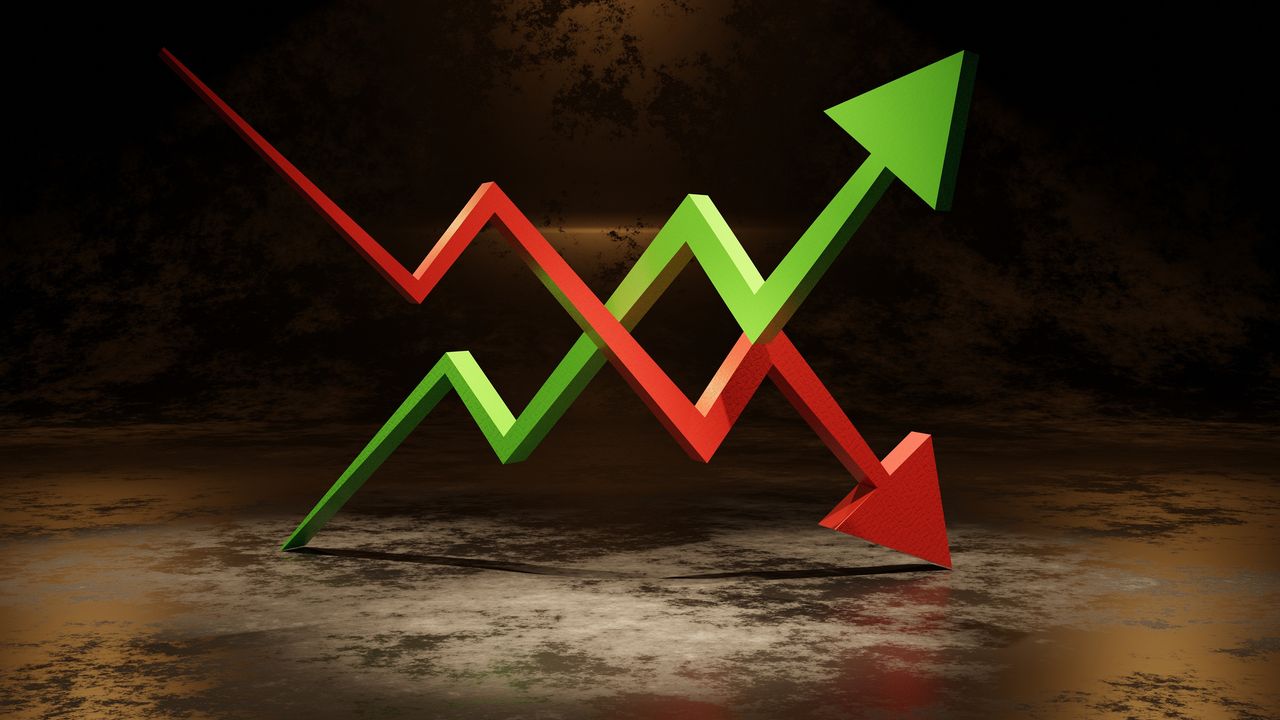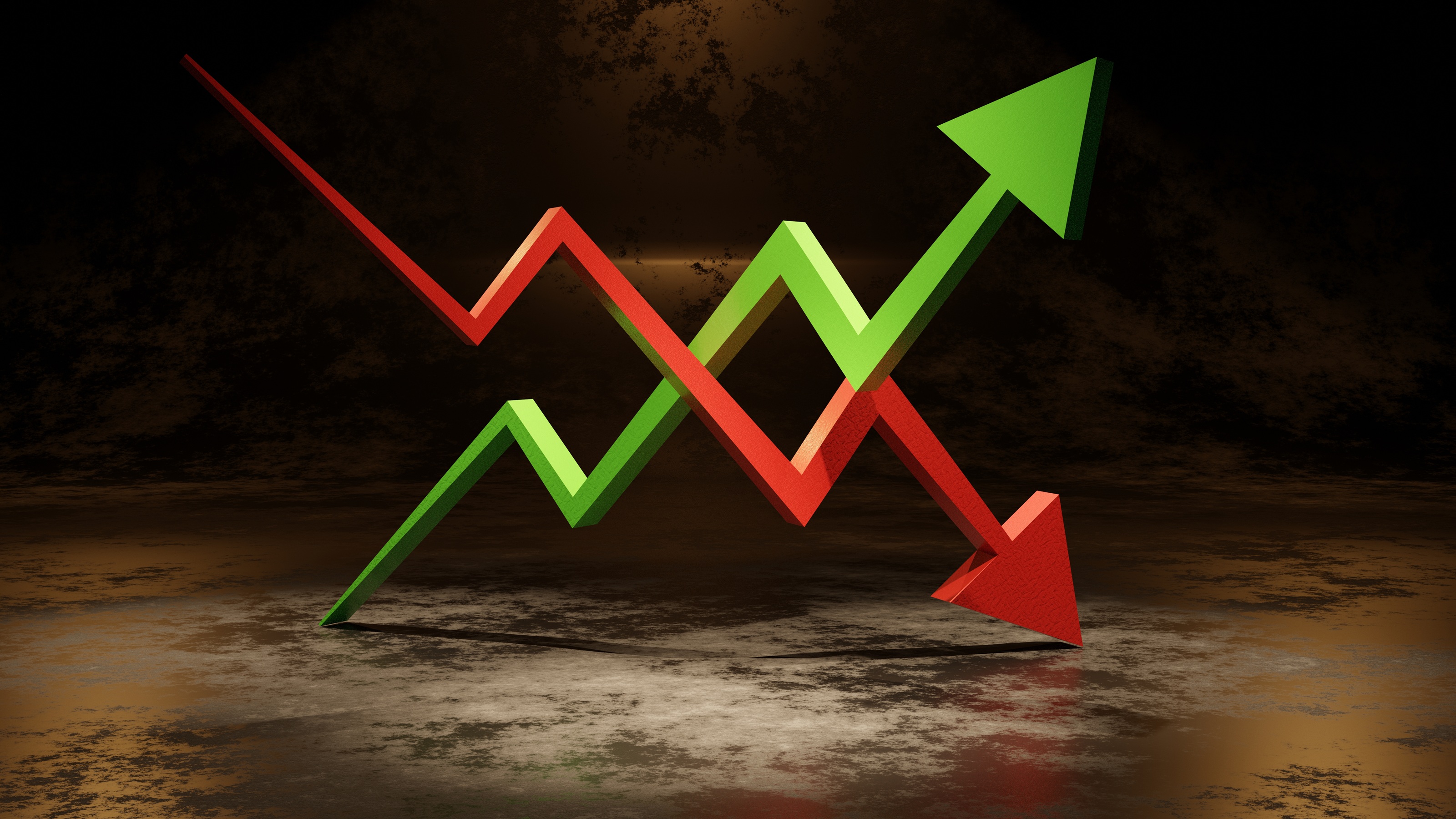
Volatility is an inherent part of investing — markets fall and they rise. Fortunately, major stock indices like the S&P 500 (S&P) have historically posted strong long-term gains following declines. But what’s changed in recent years is how quickly they bounce back after a drop.
Take the COVID-19 crash in early 2020. Markets dropped hard and fast, but they also recovered with astonishing speed. In just four months, the S&P had climbed all the way back, marking the fastest recovery from any market crash in the past 150 years.
More recently, on April 2, 2025, the Trump administration announced a new round of tariffs with trading partners. The market reaction was swift, and stocks sank over the following trading days as investors voiced their displeasure.
Sign up for Kiplinger’s Free E-Newsletters
Profit and prosper with the best of expert advice on investing, taxes, retirement, personal finance and more – straight to your e-mail.
Profit and prosper with the best of expert advice – straight to your e-mail.
But just one week later, equities came roaring back. On April 9, the Nasdaq jumped 12.2%, the S&P rose 9.5%, and the Dow gained 7.9%.
The Kiplinger Building Wealth program handpicks financial advisers and business owners from around the world to share retirement, estate planning and tax strategies to preserve and grow your wealth. These experts, who never pay for inclusion on the site, include professional wealth managers, fiduciary financial planners, CPAs and lawyers. Most of them have certifications including CFP®, ChFC®, IAR, AIF®, CDFA® and more, and their stellar records can be checked through the SEC or FINRA.
So, what is going on? Why are markets bouncing back faster than ever? And how should long-term investors be thinking about it? Let’s dig into the forces behind these warp-speed recoveries and what it might mean for your portfolio.
Speed and availability of information
We live in a hyperconnected world, which is changing how markets function. According to a 2024 Pew Research Center study, 86% of U.S. adults now get their news from a smartphone, computer or tablet.
Compare that to 33% from television and just 26% from print media, and it’s clear how quickly market-moving information spreads today.
With headlines hitting X and other social media platforms, financial news alerts pinging phones, AI-powered analysis giving investors real-time insights and trading platforms in our pockets, people can act on information in seconds.
When market-moving news breaks, investors react, meaning that sentiment can shift at a moment’s notice. But when reason sets in and a buying opportunity emerges, the recovery can be just as rapid as the dip.
Unprecedented cash reserves on the sidelines
One of the biggest drivers of today’s fast recoveries is something you don’t always learn from headlines: cash on the sidelines.
According to Investment Company Institute (ICI) data from March 2025, there’s about $7 trillion sitting in cash equivalents and money market instruments. That’s almost double the $4 trillion level that was parked before the pandemic began.
This is not hiding money under the mattress — it’s earning respectable interest. Money market funds and high-yield savings accounts are offering a range of 4% to 5% annual returns these days, so investors don’t feel pressured to immediately put it to work.
But when valuations drop and markets flash “buy,” that cash can flow back into equities quickly, turning pullbacks into short-lived opportunities instead of prolonged slumps.
Investors trust the Fed to intervene
The Federal Reserve has played a major role in shaping investors’ behavior during market downturns. Ever since the 2008 financial crisis, the Fed has stepped in with aggressive support measures when the economy, and/or markets, appear shaky.
That pattern has trained investors to subconsciously expect intervention. Whether it’s cutting rates, injecting liquidity or signaling future moves through forward guidance, the Fed’s playbook is well known. And that clarity empowers investors to act faster and more confidently.
They generally know that if things really start to wobble, the Fed won’t sit on the sidelines. In fact, this kind of central bank “backstop” has appeared to help shape a new behavior: buying the dip earlier and more aggressively than in previous decades.
Investors have seen this movie before
Let’s not underestimate the power of experience. Over the past 25 years, investors have lived through a string of market shocks — and have seen markets bounce back each time.
From the dot-com bust in 2000, to 9/11, the 2008 financial crisis, the COVID pandemic and the most recent tariff-related selloff, one thing has remained consistent: Recoveries happen. And lately, their velocity has been astounding.
Looking for expert tips to grow and preserve your wealth? Sign up for Building Wealth, our free, twice-weekly newsletter.
That track record creates a kind of learned behavior. More investors now believe that downturns are temporary, and that belief can help fuel a faster rebound. When enough people are willing to jump back in, markets may rebound faster than ever before.
What it means for your portfolio
All of these factors — instant information, cash on standby, Fed reliability and investor experience — are converging to create a new reality. Market recoveries are occurring much faster than history would suggest. So how should investors respond?
This could mark a compelling case for systematic investing during downturns for those with a long-term horizon and a risk profile that allows for short-term volatility.
In fact, buying during 10% pullbacks may become an even more attractive strategy in an environment where drawdowns are shorter-lived and less punishing.
Of course, there’s always going to be uncertainty, and investors are never truly “out of the woods” when it comes to bumps in the road. But we might just be moving past the era of slow, multiyear recoveries.
Today, patience and a clear plan can be powerful tools — especially for investors who are willing to stay calm, stay invested and, when the moment is right, buy the dip.

